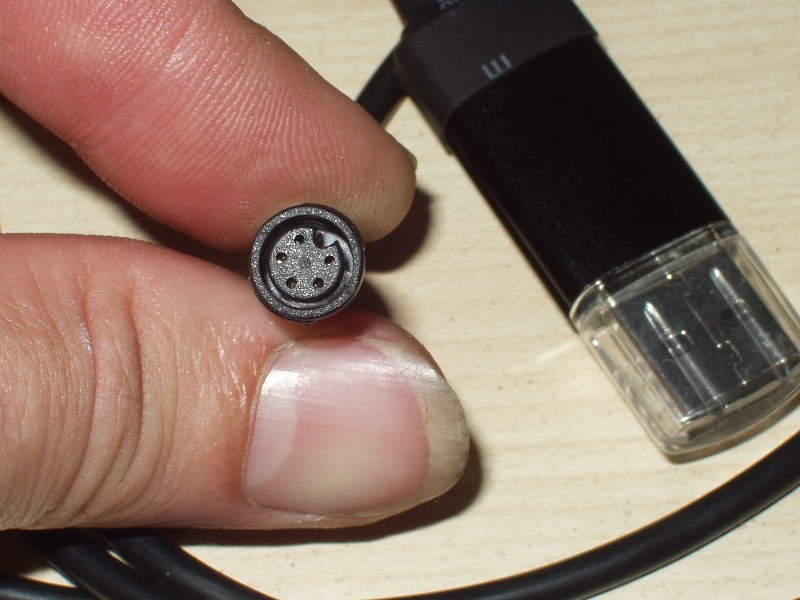Hi David and

to the forum.
I would say you definitely have the Smart Pie 3 as the Smart pie 4 has the vector controller which needs both the later software and the later USB lead with a 5 pin connector for programming:

The Smart Pie 3 uses the earlier software via a USB lead with either an 8 or 10 pin connector
(dependant upon its age):

The easy way to tell is to ride it, if you can hear a difference in the motor sound when you quickly open and close the throttle it will be a Smart Pie 3.
The Smart Pie 4 with the vector controller is virtually silent in comparison and the emitted sound only changes in direct relation to the wheel speed and is not affected by the amount of power being provided.
If your motor becomes discernibly noisy when you open the throttle, then it must be a Smart Pie 3.
Just out of curiosity, what size wheels do you have?
Alan